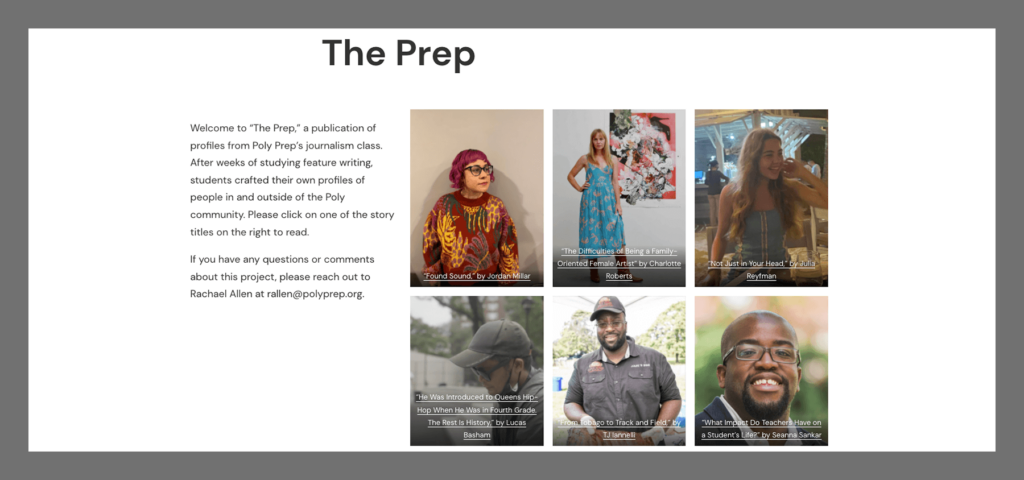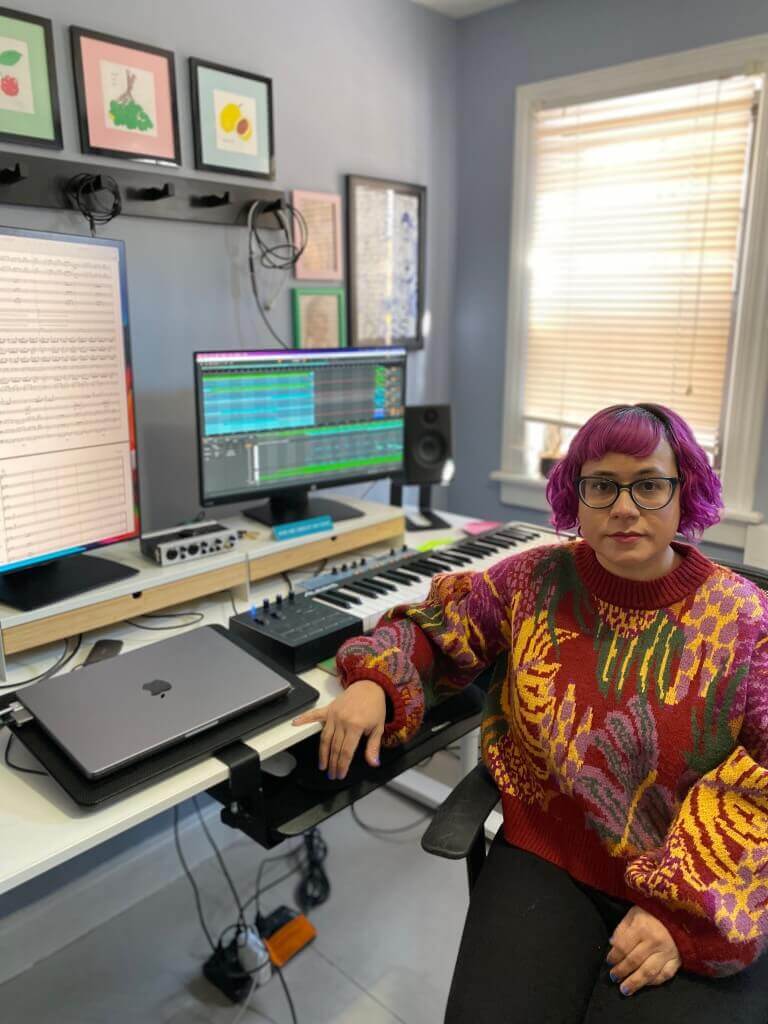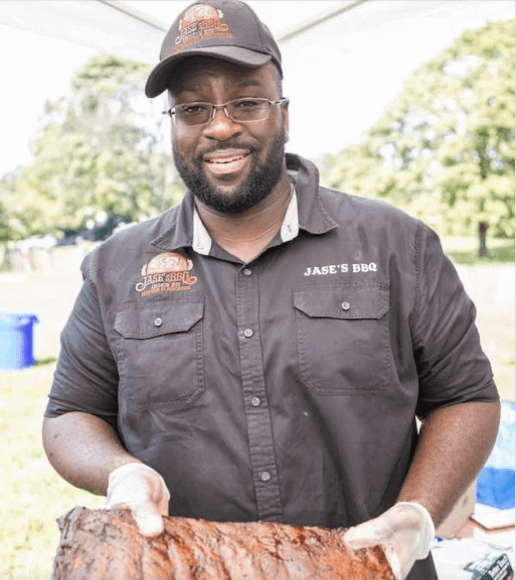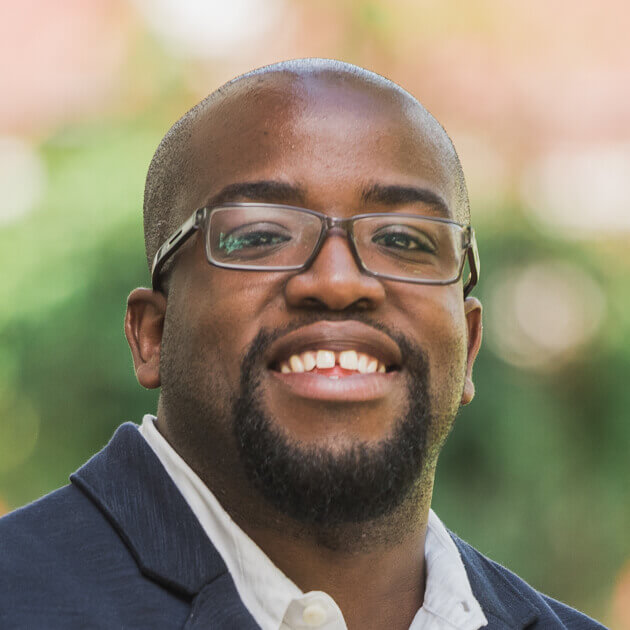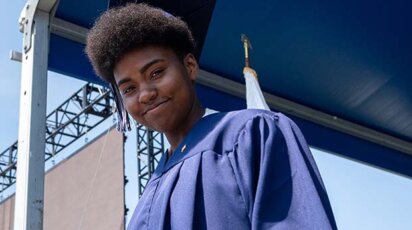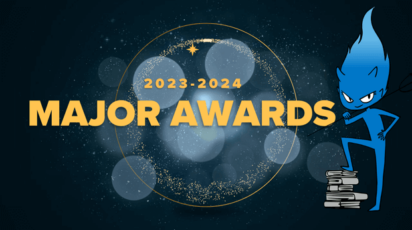News
US Journalism Class Publishes The Prep
What do in-depth profiles of a female composer, a student suffering from anxiety, and a track and field coach have in common? All are part of a digital magazine-style project that was published online as The Prep. Journalism has returned to Poly thanks to the new Journalism and Media Studies course taught by Rachael Allen, who also serves as advisor to our student newspaper The Polygon and the school’s yearbook, Polyglot.
Learning Interview Skills
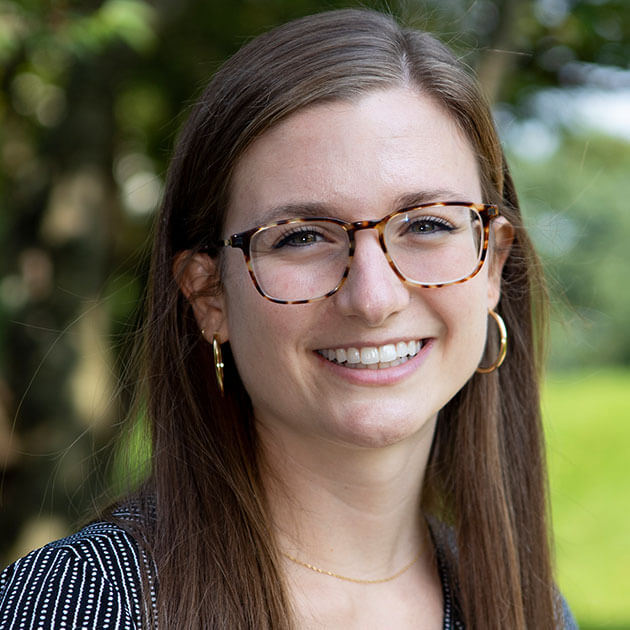
Learning the skills needed to create an engaging and compelling profile was a goal of the project. Allen explained to students that a profile is not a biography, but, “a story that highlights a particular challenge the profile subject faced or a theme in their life.”
Peer Review Mimics Professional Editorial Scenario
“Finding this tension,” she added, “was a big part of the students’ work while interviewing and structuring their profiles, and it was exciting to help them navigate that.” The project began with a few weeks of workshops “in which students in the class read each other’s work and offered comments,” Allen said. This was “a style of peer review that students had said they never experienced before in the classroom, but one that is most similar to a group of editors all talking about one piece of work.”
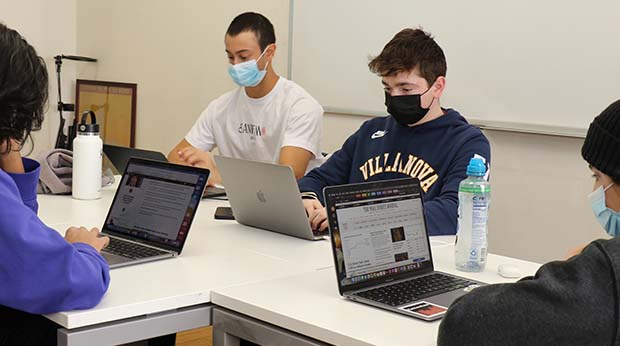
Allen said she was pleased at how well the students took to the process. “They were excellent editors,” she said, “and, in turn, this helped them revise their own profiles.”
The Art of the Interview
In teaching the students how to conduct an interview for a profile, Allen had them consider, “How do you lead up to some of the more difficult questions? How do you reframe your questions when the interview goes in an unexpected direction?” She added that many students “encountered a situation where their profile subject didn’t want to answer a particular question in depth. “We talked about how you could respect that privacy while also weaving it into the profile since, after all, that silence is telling in and of itself.”
“We brainstormed questions beforehand,” Allen explained, “so that students could go into a follow-up interview — which was a key part of the assignment — knowing what information was crucial to telling the story accurately.”
Writing Profiles for The Prep
“Found Sound”
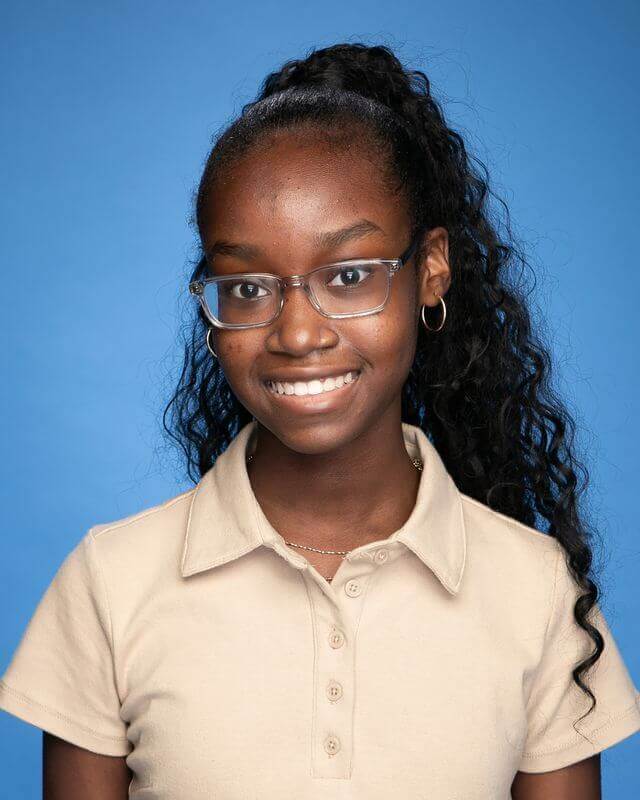
Jordan Millar ’24, an accomplished composer herself, chose to profile composer Angélica Negrón. “I knew I wanted someone who had something unique about them,” Millar explained, “whether that be in terms of their personality, or the way that they write their music. I had already known Angélica for a long time, and I knew that her compositional style was very unique. Overall, I wanted someone who was not just interesting to me, but that I knew would have a compelling story to share.”
“Then, it was really about crafting my story,” Millar continued. “Before each of my interviews I made sure to have a general idea of the tension and plot I wanted my story to be centered around. This helped me create questions. From there, I made sure to incorporate all of the elements we discussed in class into my work to make it smooth and cohesive.”
Millar interviewed Negrón in person and by phone. In total, they met three times for two interviews and one photoshoot. “For the first interview, I went in with a general list of questions that were meant to gather important background information,” Millar said. For a followup interview, Millar says she “spent more time crafting questions that would help me develop and refine my story further.”
Millar, who is News Editor for The Polygon, normally writes news stories. “So, a profile seemed very ‘out-of-my-element’ at first. I was especially nervous because I had no idea what direction I wanted to take my story, or if the profile would even have a clear angle. As I continued working with Angélica, I began to grow more comfortable with the profile-writing process, and I have grown to really enjoy it! This project has taught me that I can expand my writing repertoire further, and hopefully do more feature/profile-related stories in the future.”
“Even if people do not know much about music,” Millar added, “I hope that they can still empathize with Angélica’s story. Everything that she shares in this profile is so evocative, and I think that anyone reading it would enjoy learning more about her!”
“From Tobago to Track and Field”
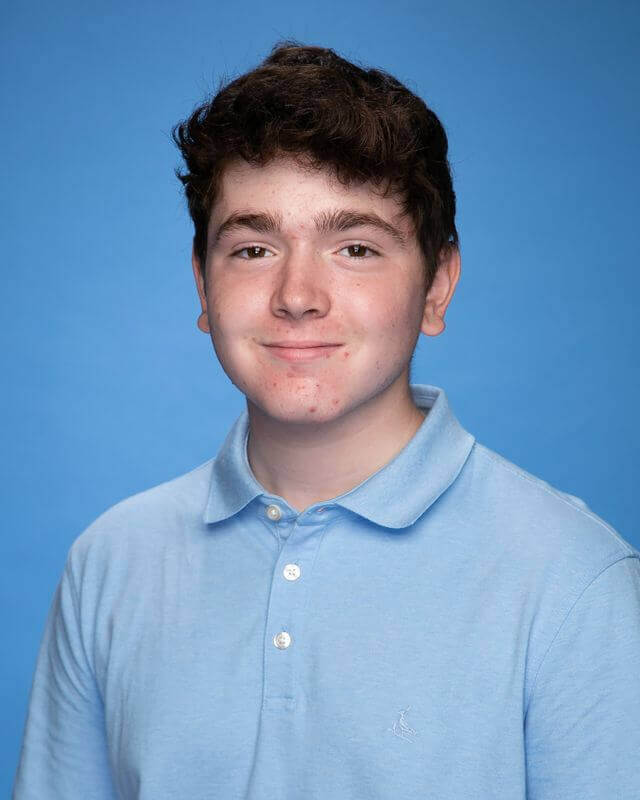
“I wrote about Coach Jase [Franklyn],” said Thomas Iannelli ’24, “because I thought he would have an interesting story to tell about his life.” Franklyn, who is a native of Trinidad and Tobago, also runs his own award-winning barbecue business. “I knew small details about him already,” Iannelli said, “just from having him as my coach and I thought it would be interesting to go more in depth on that.”
Iannelli interviewed the track and field coach in person twice. “The first interview was meant to get as much information as possible,” Iannelli said. “Afterward, I looked back on what I had and started to write. Then for the second interview, I got any missing information I thought I needed to fill my story in.”
From the project, Iannelli learned “that I really enjoy writing scenes and illustrating a scene into words. I hope that the reader of my profile will learn more about Coach Jase as a person and also take away an interesting story of an athlete.”
The Impact of Learning Specialist Jeremi Lewis
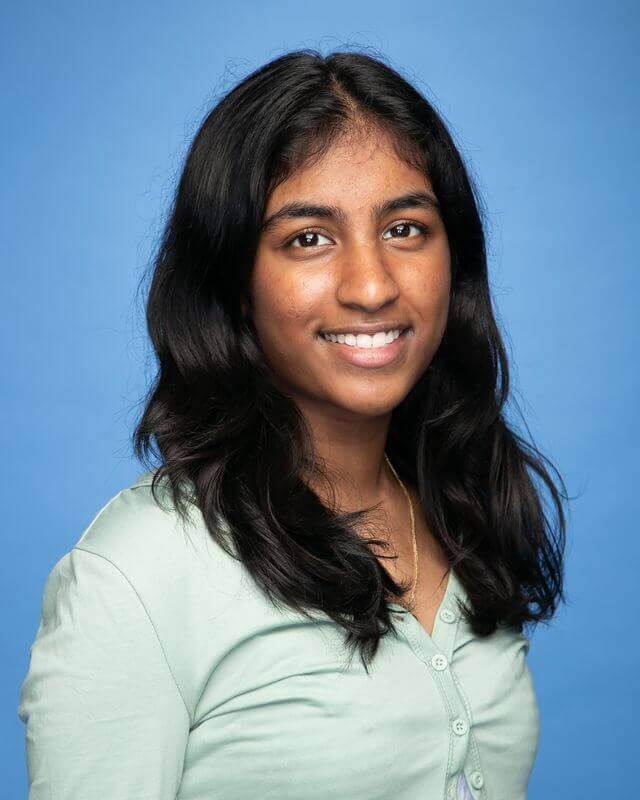
Seanna Sankar ’24 decided to profile Learning Specialist Jeremi Lewis, who, she says, was someone “who I knew a little about, but didn’t know well, and I was able to encapsulate a story arc of how he came to be who he is as a teacher today.” In her profile, Sankar tells how Lewis, who came to the U.S. from Jamaica as a child, uses his own experience to relate to and support his students.
“I think it’s really important,” Sankar said, “to have a hunch as to what your topic, turning point, or main tension would be before interviewing your profile subject; however, you may just interview someone and as you begin to understand their story, a profile idea forms, so you then need to ask follow-up questions.
She met with Lewis multiple times. “After you organize your ideas from the initial interview,” she said, “you are left with so many follow-up questions.”
In the process, Sankar said she learned about her own organization and creative skills. “I’ve written for The Polygon and wrote news articles for class, but I’ve honestly never done anything comparable to a profile. You need to think a lot about the order in which you present information through elements like scene and description, which is very different from your traditional news story.”
Click here to read these profiles and more from our Upper School Journalism students in The Prep.
Next Up — Creating Podcasts!
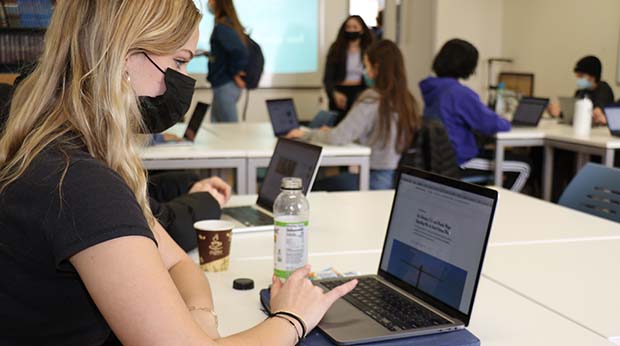
The next project for the Journalism class will be to create podcasts. “Students will apply the storytelling skills they learned in our news writing and profile writing units,” Allen said, “to audio — a form of journalism that has expanded rapidly over the past few years. In just the first few weeks, students have been focusing on the idea of sound. How can we listen better? How can we use sound to build a scene, to tell a story? Students are currently working on a ‘man on the street’ style interview podcast, and soon will build to a StoryCorps interview podcast, and, finally, a 5-7 minute longer podcast on a topic of their choosing.”

